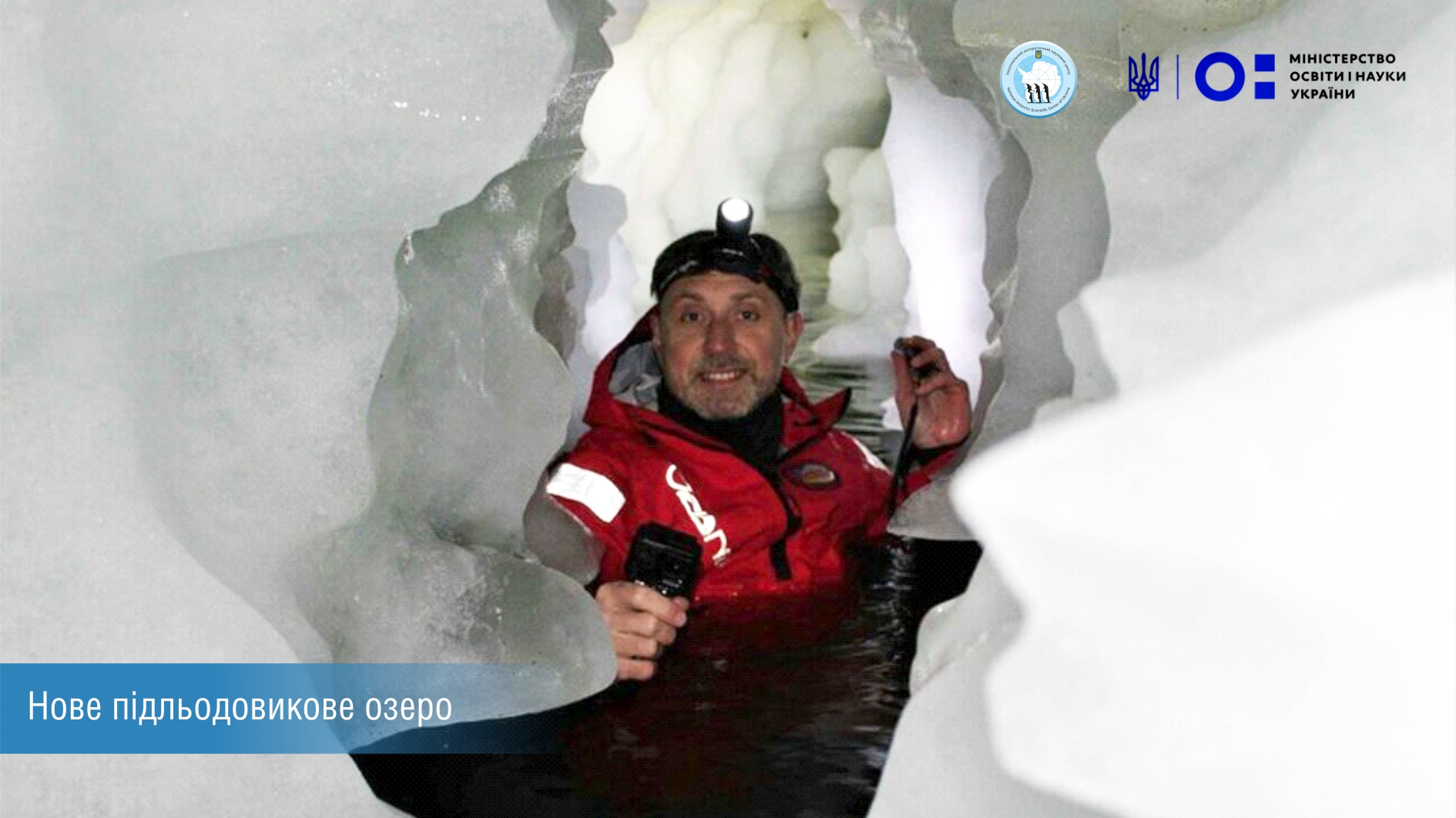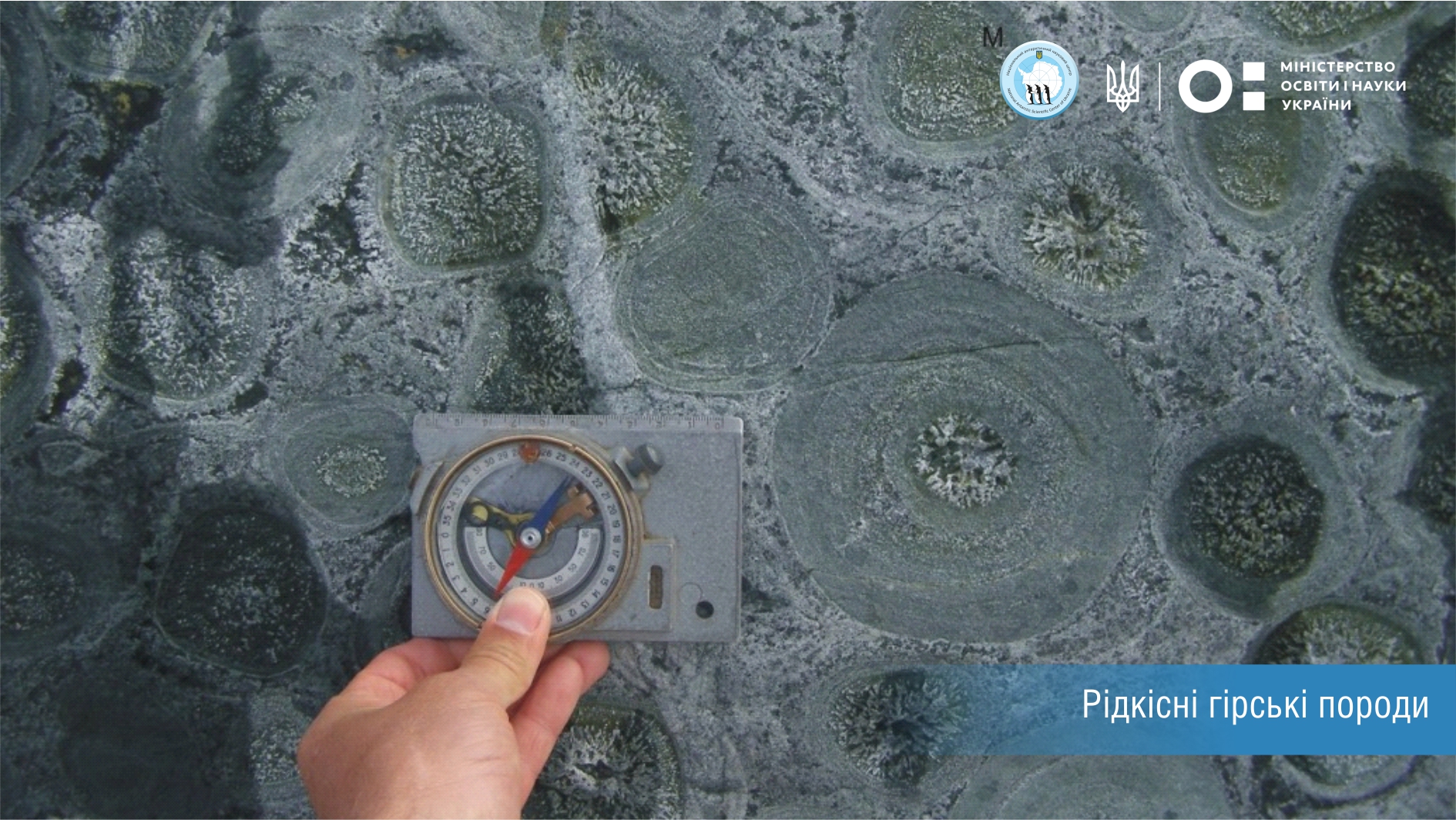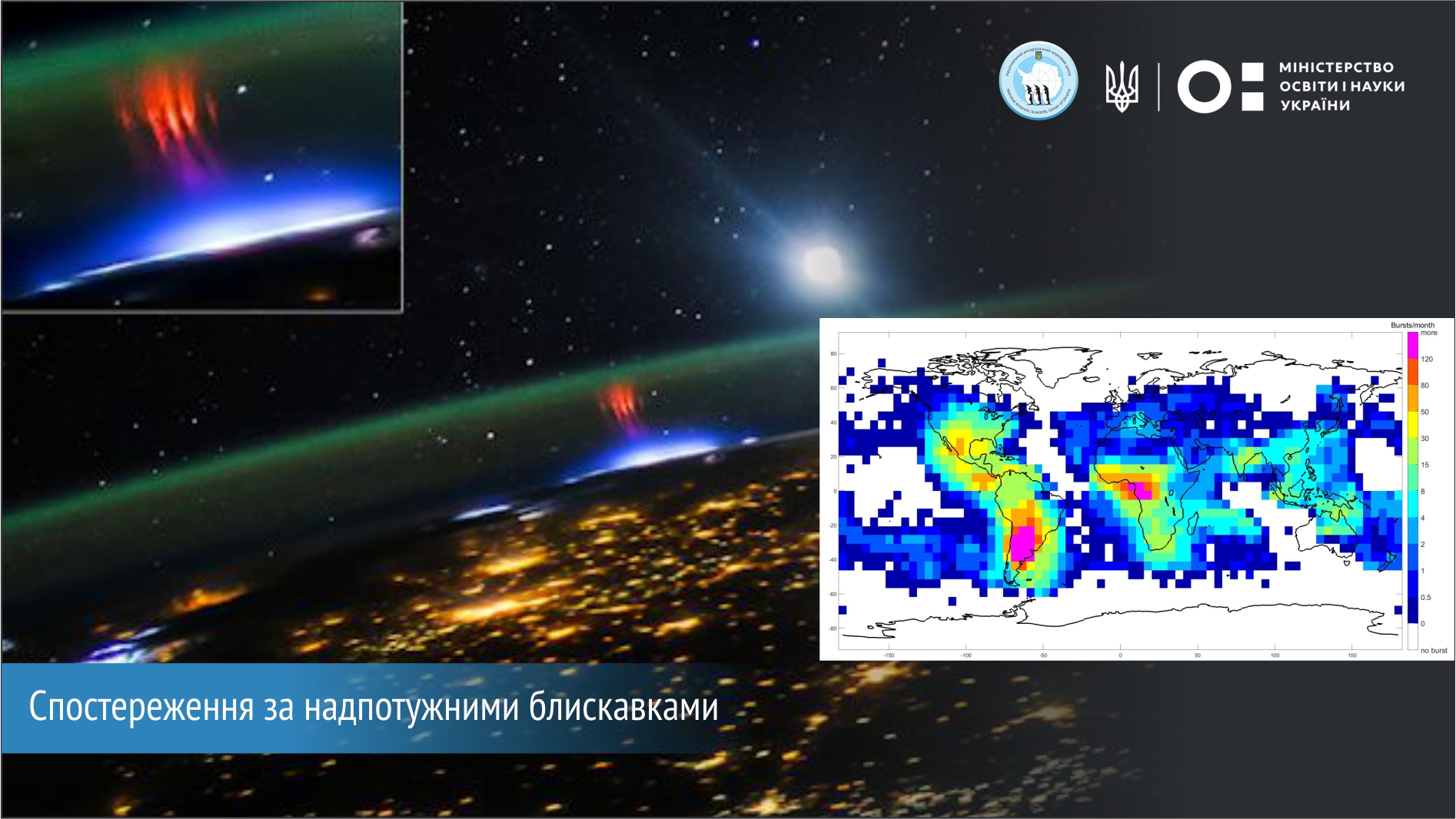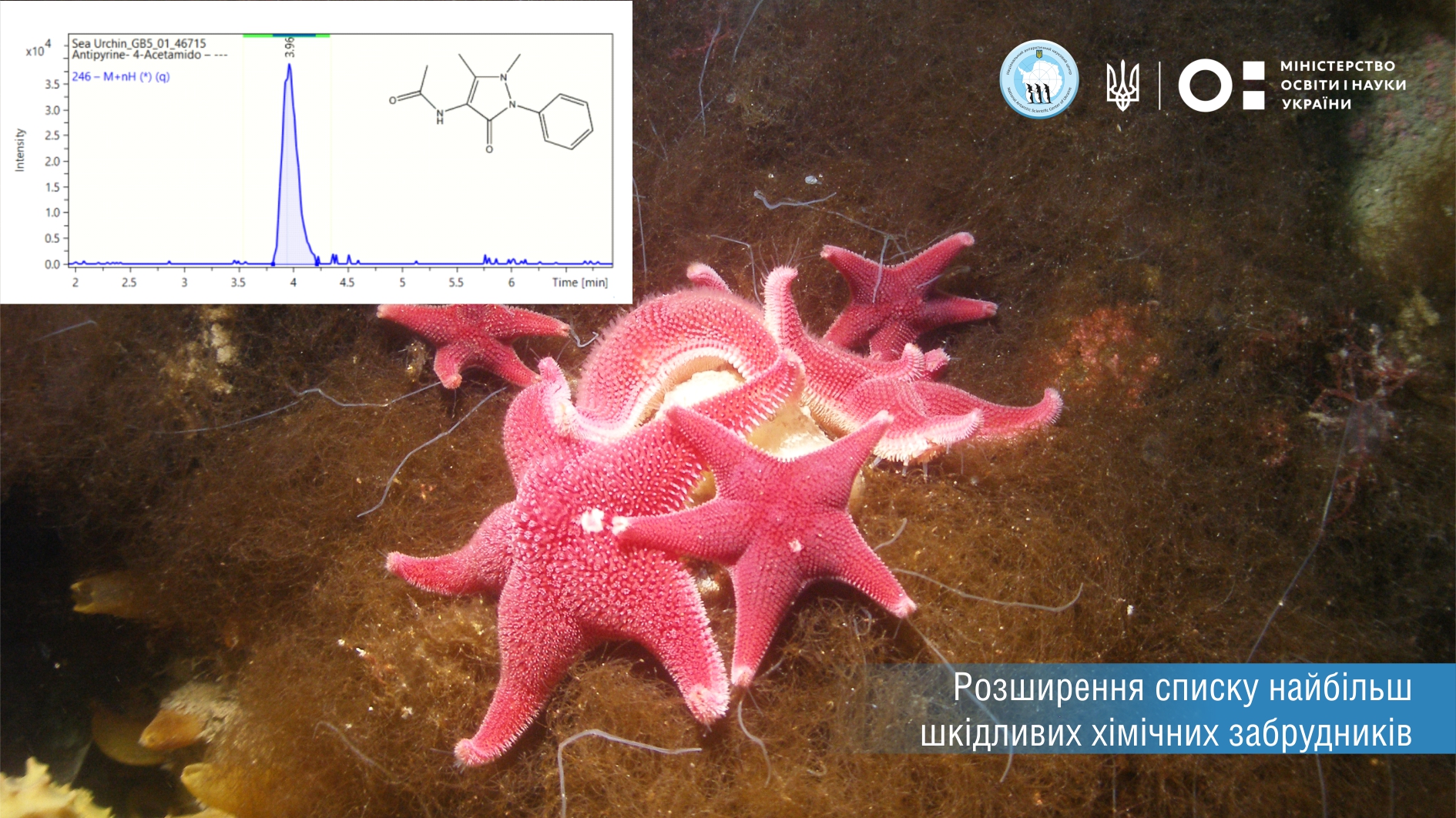Top 10 studies of Ukrainian polar explorers at the Akademik Vernadsky station over the past year
 On Sunday, May 17, two Ukrainian Antarctic expeditions returned to Ukraine: the annual 24th UAE, which operated at the Akademik Vernadsky station for almost 13 months, and the seasonal detachment, spent about 3 months there.
On Sunday, May 17, two Ukrainian Antarctic expeditions returned to Ukraine: the annual 24th UAE, which operated at the Akademik Vernadsky station for almost 13 months, and the seasonal detachment, spent about 3 months there.
There were 7 scientists in the wintering team, and 15 in the “season”. They carried out biological, meteorological and geophysical studies in Antarctica. We offer TOP 10 scientific results of these expeditions.
1. A WIDE AREA OF RESEARCH AND NEW SAMPLES OF PLANTS AND ANIMALS

The Akademik Vernadsky station is becoming the base from which our scientists go hiking further and further into the Antarctic Peninsula. For the first time, the expedition systematically studied the central and southern parts of the coast of the peninsula and took biological samples of vascular plants and invertebrates even beyond the Arctic Circle, that is, more than 700 km from our station. The collected material will allow us to study the kinship between these organisms from different regions of the Antarctic and to establish ways of their distribution in conditions of climate change.
2. BEST EQUIPPED UKRAINIAN HYDROMETEOROLOGICAL STATION

From now on, the modern Ukrainian hydrometeorological station is located 15 000 km from Ukraine – at the Akademik Vernadsky station. A new instrument complex is installed there, including:
- automatic weather station Vaisala AWS-310 with a laser sensor for visibility of precipitation and the like. Data recording occurs every minute;
- Kipp & Zonen complex with direct, scattered, total solar radiation sensors, a sun duration sensor;
- logger (stand-alone sensor with a device for recording) temperature and salinity RBR-duo at a hydrological station, recording data every 15 min, instead of daily manual measurements.
All these data are transmitted online to the global network and is Ukraine’s contribution to the formation of global weather and climate change forecasts. And in parallel, other automated systems allow us to study how changes in the global climate change the microclimate and how these changes in the microclimate react to Antarctic plants and microorganisms.
3. HUGE ICE CAVE

Polar explorers found a huge cave inside the glacier. The total length of the passages is about 200 meters, the highest height of the cave is 12 meters (almost like a four-story house). In the cave reservoir at a depth of 8 m unique life forms were found, in particular rotoglobiont rotifers. Together with the study of ice lakes, the study of this cave allows us to more accurately simulate the processes of melting glaciers caused by global warming.
4. NEW ICED LAKE

With the help of GPR, scientists registered on one of the neighboring islands – about. Uruguay is a new subglacial lake. It is established that the depth of the lake is 9 meters under an ice sheet 11 meters thick. When it was possible to find places where water samples can be taken, hydrobiologists found several species of freshwater crustaceans and rotifers in the ice lake, which are now at the stage of determination. It is very likely that their new species will be described soon.
5. DETAILED PHOTO CARD AND GENETIC STUDIES OF WHALES

Ukrainian scientists take part in international studies of the state of the whale population. For this, a whole arsenal of methods is used – from non-contact ones, for example, identification of individual individuals from photographs, to “hunting” with a crossbow using tissue biopsy samples for genetic research (such selection is painless and safe for whales). At Vernadsky this year, a large number of biopsy samples of humpback whales and minke whales were taken for the first time in winter (previously this was possible only in summer). This is important for understanding the demography of whales, in particular, it even allows women to do a pregnancy test. Scientists have also created a detailed whale photo gallery. Its comparison with other databases will significantly clarify the migration paths of the largest animals of the planet.
6. RARE ROCKS

For the first time in West Antarctica, rare rocks with a spectacular orbicular (spherical) structure, Napoleonites, have been found. At first glance, these formations can be mistaken for fossils or living things. However, these are igneous rocks. This finding will allow a better understanding of geological processes in the region where active tectonic movements are still taking place.
7. OBSERVATIONS FOR HEAVY DUTY LIGHTNING

The geophysical observatory at the Akademik Vernadsky station is one of the best in the Antarctic. It constantly monitors the state of the magnetic field, ionosphere and ozonosphere over the Antarctic Peninsula and transmits this data to world centers.
There is no industrial activity in Antarctica, therefore, nothing prevents the reception of very weak natural radio signals. This allowed Ukrainian geophysicists to look beyond the horizon and begin monitoring electromagnetic radiation from heavy-duty lightning over the entire planet. Data on global thunderstorms is very important, because they are indicators of global temperature changes: the activity of thunderstorms increases with increasing temperature. Since last year, Ukrainian data has been transmitted to the world base of the Massachusetts Institute of Technology (USA), which our scientists collaborate with.
In addition, a new receiving complex of lightning signals of Ukrainian design was successfully tested at the station. It can significantly improve the accuracy and quality of observation of heavy-duty lightning in the southern hemisphere. It is planned to organize such measurements on an ongoing basis during the 25th UAE.
8. START OF RESEARCHES OF PHYTOPLANKTON, “TALKS” ABOUT WARMING AND FIGHTING IT

The study of phytoplankton, which produces the same amount of oxygen, and all terrestrial forests, is an extremely important but laborious process. This season, these studies have been added to marine monitoring studies. They are carried out at Vernadsky station to find out how the marine ecosystem responds to global environmental changes. Phytoplankton works like a gigantic “pump” that pumps carbon dioxide out of the atmosphere, and this holds back global warming. But what is the power of this “pump” and to what extent can it mitigate the consequences of human activity – this is what scientists from Kyiv and Odesa will determine when studying imported samples in laboratories.
9. MAP “GREEN” ANTARCTICA AND THE INFLUENCE OF PENGUINS ON VEGETATION

With the help of drones, polar explorers conducted aerial photography of the area of the Argentine Islands, where our station is located. It is important that the survey was taken in many different parts of the spectrum. Based on the photo, a spatial plan of the territory, a map of vegetation was created, and its condition was monitored under the influence of climate change. Based on the information received, scientists prepared documents on the regulation of various types of human activity in the Argentinean islands. Ukraine will officially submit this information at a meeting of the Antarctic Treaty, and it should become the basis for the introduction of certain restrictions.
At the same time, scientists have found that in addition to human activity, the … Antarctic vegetation is also influenced by … penguins. A unique process is taking place in the Argentinean islands – the spread of the heat-loving subantarctic penguin to the south under severe conditions. This year, scientists began to study the effect of the expansion of penguin colonies on vegetation, as well as on the microbiome of Antarctic soils.
10. EXTENDED LIST OF THE MOST HARMFUL CHEMICAL POLLUTANTS

Among global processes, scientists are sterilizing not only climate change, but also pollution transfer. Chemicals produced and accepted in Europe, America or Asia are carried by currents for thousands of kilometers and accumulate in animal tissues even in the polar regions. This year, Vernadsky was the first to take samples of the accumulation of persistent organic pollutants in the body of animals. Their analysis should be done in the best laboratories in the EU with the participation of Ukrainian scientists. The information obtained will become the basis for establishing a list of the most harmful chemical pollutants and their transport. As a result, a ban on the production of certain substances at the EU level is envisaged.
Source: МESU











